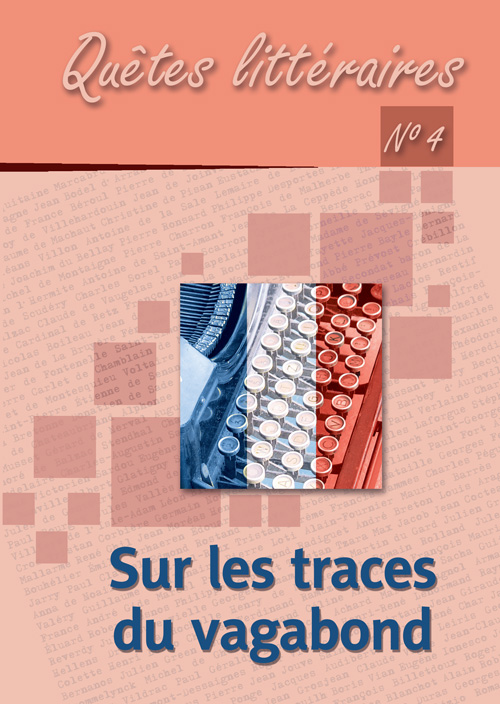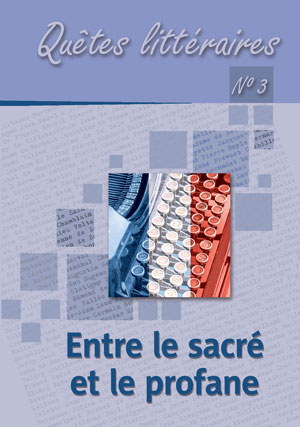
Vagabondage et dévergondage du personnage: réflexions sur les déambulations du héros dans les contes renardiens de la France médiévale
The continual monotony and the wandering life of individuals, members of the French society of the Middle Age has been a big concern for the fox folktales tellers. They have focused on the strolls of Renart the fox, hero of Le Roman de Renart, deriving from populous tales of former France. In fact, the fox folktales tellers represent the reign of social anarchy triggered off by the decay of central power and the implementation of an asocial life grounded on the quest and conquest of an uncertain future and desperately marked by anguish and the resort to deceit means to the disdain of human being. Even the knight dignified forfeit of the social honorable and respectable manners in the past, is compelled to a roving, boredom and brutality for survive. This contribution aims to visit this central and worrying question of the Middle Age society to establish the contemporary value and show how it is dozed a potential outline of wandering whose expression comes from the absence of a controlled life and an irresponsibility of any resignation power.
More...
